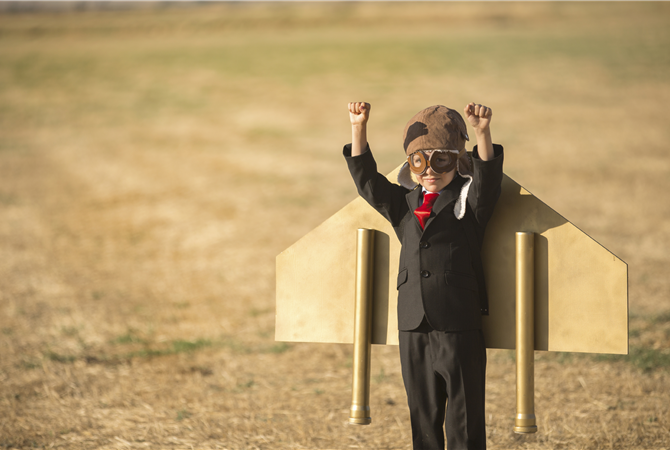
The very notion of creativity is one associated with uniqueness, originality and/or intuition. It is about finding the new, the never-before considered, the out-of-the box, the idea that comes from left field. It isn’t about the mundane, the predicable, the steady or the sure-fire and yet in the use of drills and practices and run outs haven’t we opted for the safe over the creative?
“Bizarre ideas or the unusual behaviours of people” are not celebrated in sport until they are attached to the very best of players: the ‘little general’, the ‘maestro’, etc. Doing things no one else can do, or had even thought of doing, is the hallmark of the mega-talented and yet do we create environments that invite and allow young players to be the maverick and push the limits of what can be done? In short do we provide learning environments that are supportive of creativity?
The best of the best have an air of uniqueness and seem to live in the upper echelons of spontaneity. That is not to say that they are not rehearsed or that they don’t understand the nuances of the game to the nth degree. What it does mean, however, is that by making creative tactical decisions they can set up and even finish opportunities that are created by imagination and not just analytical and rational thought. In life, as in games, we are often “confronted with new situations for which we do not have learned or prepared solutions” and yet we have to find creative resolutions to these problems. Such creativity is a central facet of life and yet is it a central facet in physical education or sport?
Memmert, in his open chapter, argues that while creativity research has been approached from multiple domains (such as science, literature, music, art, religion and politics) it hasn’t prospered in sport and physical education. Defined by Sternberg and Lambert as “the ability to produce work that is both novel (i.e. original, unexpected) and appropriate (i.e. useful)” creativity shouldn’t be mistaken with intelligence. Instead creativity “stands for productive, original, shaping, artistic, artful, inventive, innovative, imaginative, enterprising, fanciful, ground-breaking or trend-setting” solutions. These are certainly terms we might associate with the ‘best of the best’ but are these the ways we think about grassroots sport or classroom physical education?
The big question that sprung to mind for me in reading this chapter was “if we value creativity so highly in our best players why don’t we create opportunities for the young people in our care to be creative?” I then wondered if ‘we’ (collectively) think that these are naturally occurring or God-given attributes that can’t be taught? Are we too focused on the basics to realise that this is one of the basic of good play and good players?
Using the European Union (EU) as an example Memmert argues that 25-30% of the 6.5 million people who work in EU countries are employed in the creative sector (i.e. in advertising, design, music, film, fashion or media). Furthermore, the creativity and flexible-thinking of these workers “is not a luxury – it is a necessity”. Businesses don’t leave creativity to chance but are increasing coining terms like “autonomy” and “self-monitoring at work” to develop “long-term, self-initiated experiences” for their workers. They do this in a concerted effort to establish “creativity-supporting environments”.
Memmert argues that, “creative behaviour means creating ideas leading to adequate solutions to a tricky problem without prefabricated approaches”. It is not the stroke of pure genius that defines the creative moment but the finding of a solution. Why has artificial intelligence been such a hard thing to achieve? Not because computers and robots can’t out process and calculate humans but because they can’t join up two boxes that apparent have nothing in common. This is where creativity comes in to play. We can rehearse ever single set play in the game and master every response but what happens when the ball bounces poorly, or the defender doesn’t go left when she should, or the wake of the other swimmer shifts the flow of water to our disadvantage? These are things that shouldn’t happen. But they do. If players and performers can’t be creative then they will eventually stumble and fall.
Drawing on the work of Florida, Memmert argues, “creativity is a basic element of human life, a widely laid out social process, which requires cooperation. This is stipulated by human exchange and networks; it takes place in actual communities and in real places”. In this way we need to overcome our thinking barriers, break down our routinized ways of training and abandon the safe and mundane. Only in doing this and having the nerve to experiment can we help the young people in our care to be creative. Industry, business and politics have been slow in acknowledging that we need to take a wider view of creativity and fashion environments conducive to it. Sport and education are two areas where we have been even slower on the uptake. Creative ideas are vital is we are going to help young people to succeed and yet we need to ‘teach it’ and not hope to chance that it will find us through are very best players.
Memmert, D. (2015). Teaching Tactical Creativity in Sport: Research and Practice. London: Routledge.






